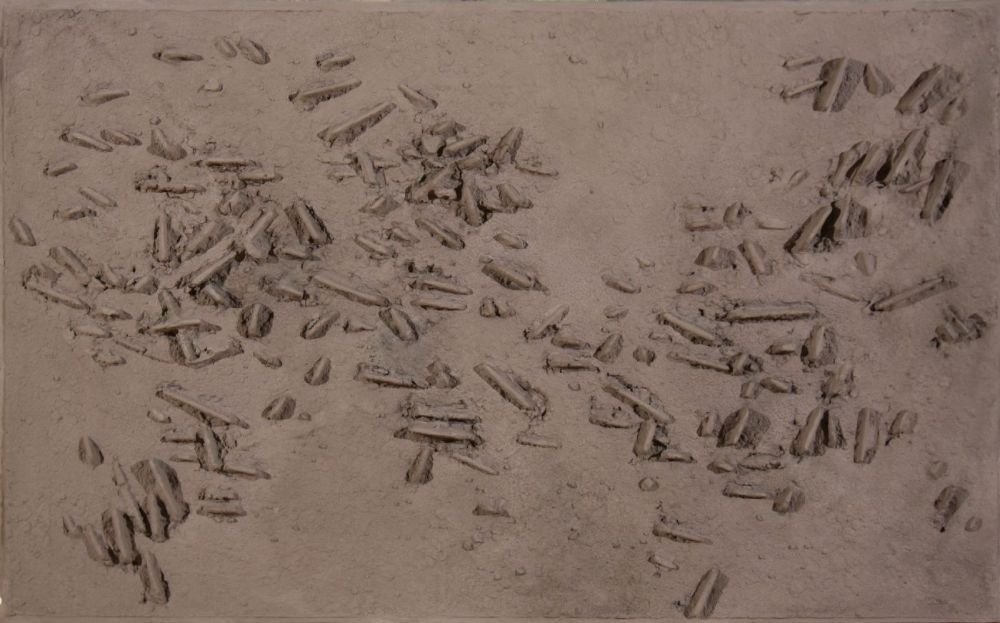
Umberto Milani (1912-1969), a Milanese artist, is one of those figures who remained in the background of the cultural background of the twentieth century, however he deserves particular importance for his continuous research path.
The youngest of six children, at the age of eight he began to draw and six years later to paint, showing his vocation for art at 360 ° from an early age and then he began studying sculpture and decorative painting, medals and marble.
A CONTINUOUS RESEARCH BETWEEN STYLES AND MATERIALS
Eclectic, multifaceted and above all curious: Milani is an artist who loves to experiment, captures the suggestions of his time, without ever putting an end to the search for him, always curious and never satiated with knowledge.
As for his stylistic code, Umberto Milani begins with figurative sculpture and then experiences a Picasso phase in the 1940s, during which he challenges the very concept of form. Later, in the following decade, he continued towards abstractionism, but without completely abandoning the recognizability of representation.
In his career, he participates in exhibitions all over the world, attending exhibitions in nearby Como, Milan, Venice, Padua and then also on the international scene, up to Paris and New York.
Among the events of particular importance, in 1958 he exhibited eight sculptures at the XXIX Venice Biennale that evoke fossils and primitive footprints, attributable to the sphere of abstract expressionism, and in 1962 he obtained enormous success with his personal room at the XXXI Venice Biennale and he win the gold medal for sculpture.
In the picture: Parietal plastics, 1953, Gypsum, cm. 73x117, signed "MILANI" on the reverse. Exhibitions: Venice XXXIV International Biennale of Art city of Venice, 1968 (bronze version)